Remember the list of 10 ideas for possible interventions that resulted from the HackDay in Budapest? We wanted to have the community endorse 5 and we succeeded to do so on September, 15th-16th, which happened to be the car-free weekend in Hungary. On a sunny afternoon, from 3 to 5 p.m., our local team hosted a meeting, inviting stakeholders to check out progress done and vote for their favourite ideas. People could express their preference(s) offline during the two-day meeting, but voting was also possible online. As a matter of fact, a link to the YourPriorities website was made available between the 13th and the 26th of September for stakeholders to directly select their favourite ideas, comment on them or give other type of feedback. If you are curious about the ideas submitted to vote, have a look here (in Hungarian only).
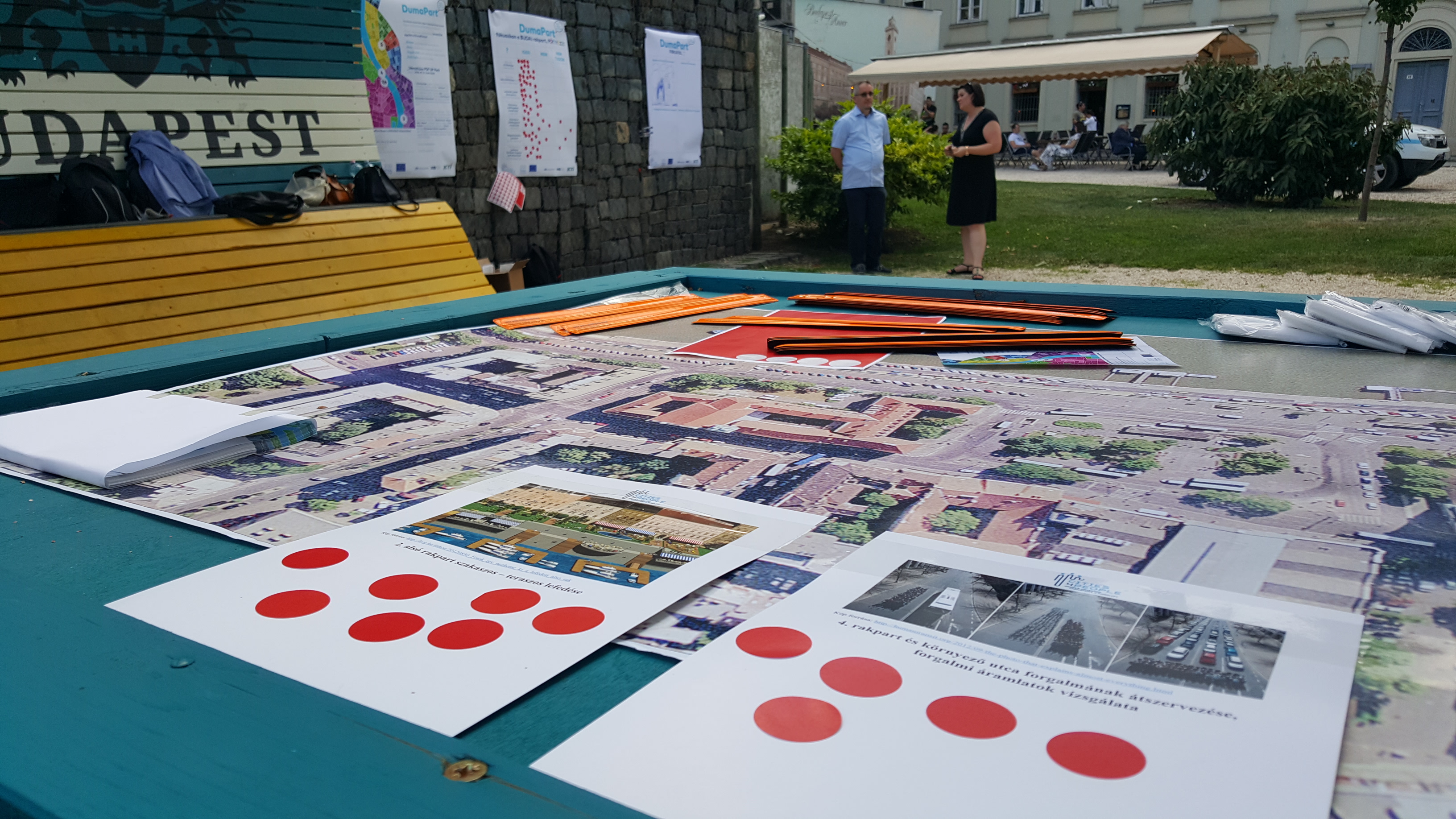
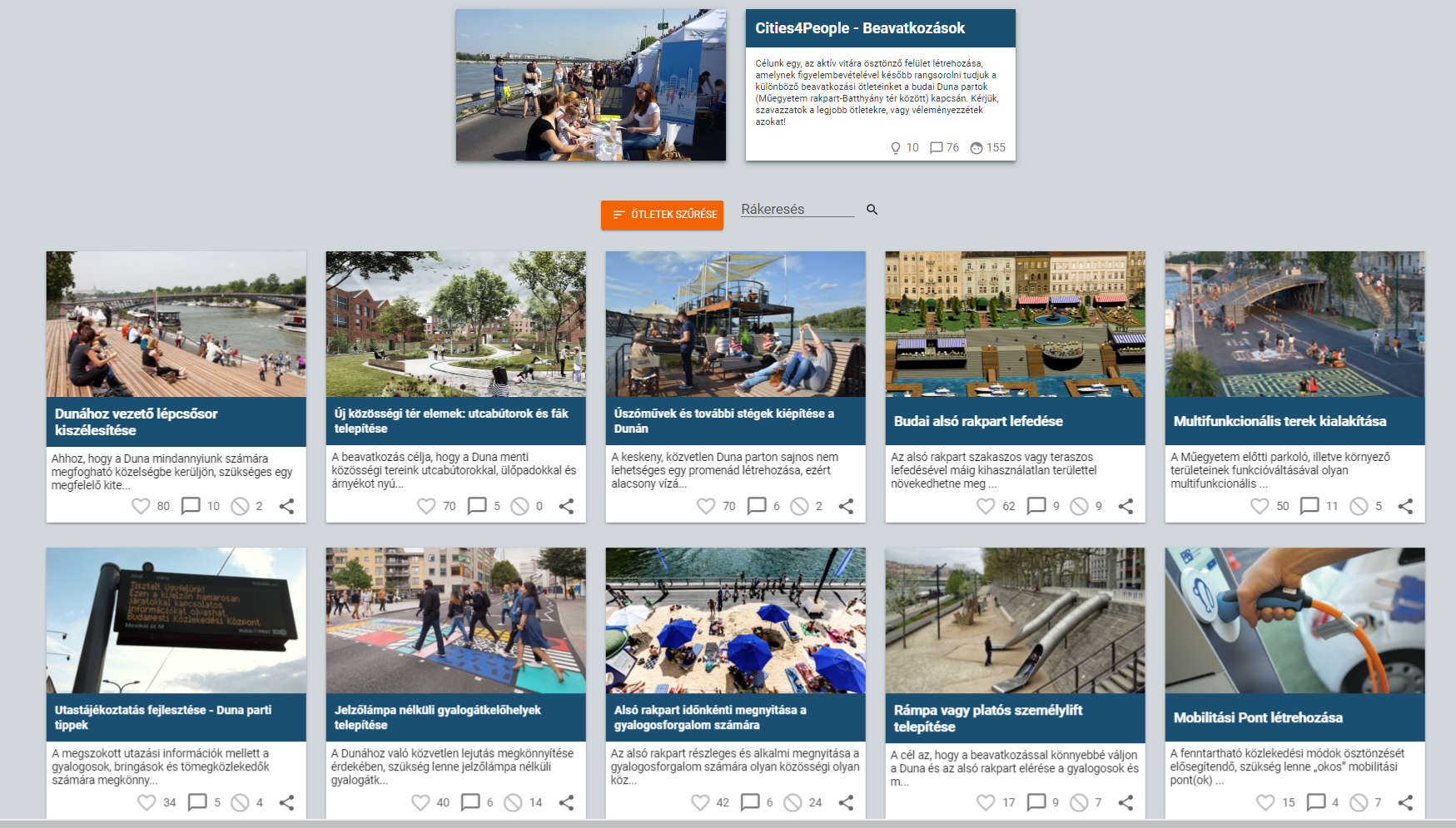
Overall, the team got 1,357 online votes in 2 weeks – quite a lot, isn’t it? Several criteria were used to select the concepts for the future interventions, namely:
- impact (at personal level and at neighbourhood level)
- capacity to meet the challenge
- feasibility
- applicability (within the available time)
- inclusivity
- cost-efficiency (amount of resources needed).
At the end of the event, 5 interventions were selected and an additional one was chosen as a back-up. Both the offline and the online voting showed a clear preference towards widening the staircase leading to the Danube: this is the intervention proposal that ranked first. As the upper Danube river bank had to be protected from flooded water, a high wall was built, leaving just a narrow staircase as the only access point for locals to the lower embankment. If the infrastructure were improved and enlarged, people could sit down and have an excellent community spot to enjoy the picturesque panorama of the Parliament at Batthyány Square.
The voting also revealed a high degree of agreement concerning the need for plants and better street furniture to make community spaces (both at Batthyány Square and along the Műegyetem embankment) more welcoming. Other ideas showed some divergences between the results from the offline and online voting processes, but ultimately the local team selected the following three ideas:
- developing travel info points providing passengers with useful information on transfer facilities (including boats across the river)
- creating large pedestrian crossings (with no traffic light) leading to the Danube, while limiting car speed to max 50 km/h
- closing the lower embankment during weekends.
An additional proposal was selected as a possible back-up, should any of the previous ideas appear unfeasible within the timeframe of the project: As an alternative, the project team would aim to establish a Mobility Point in front of the university entrance with bike and car sharing docks, e-vehicles and charging points in order to encourage the use of sustainable transportation modes.
From 5 (+1) concepts, however, the Budapest team will have to move to 3 only. By October, 12th Budapest will have shortlisted the 3 proposals that will be tested and assessed. The time for piloting is getting closer and we are excited to know the “finalists”!

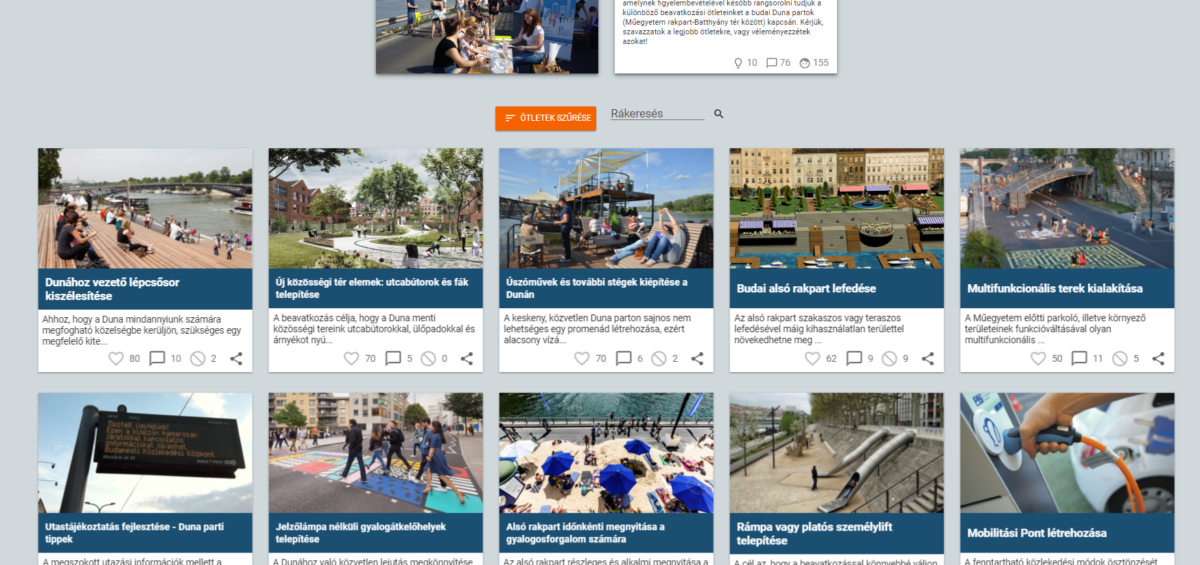
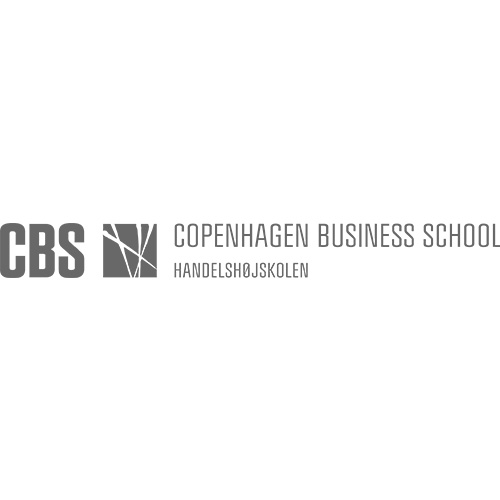
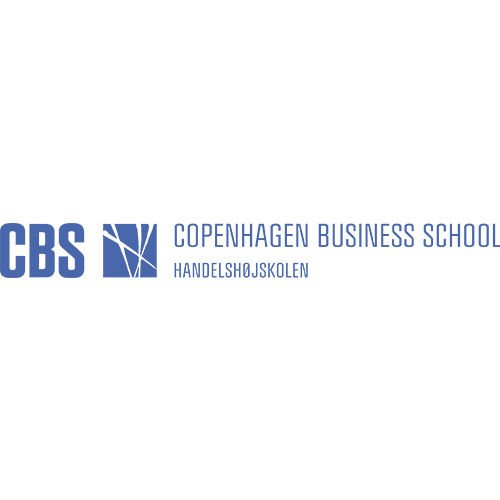
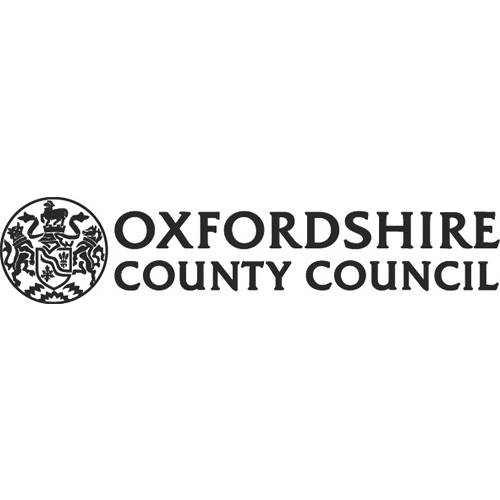

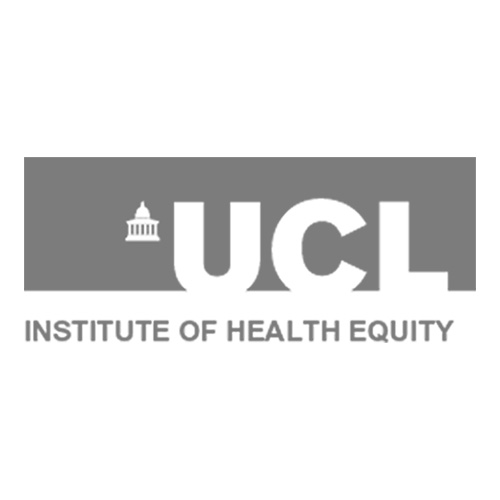
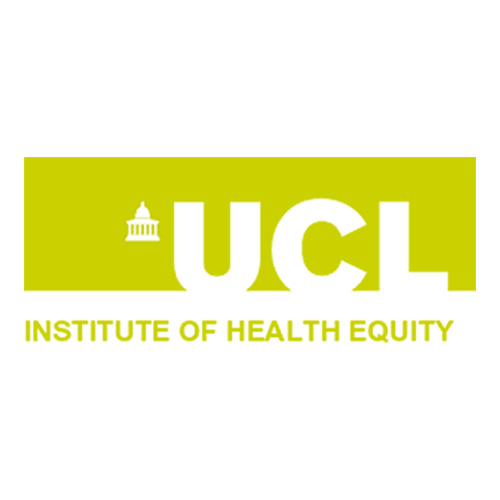
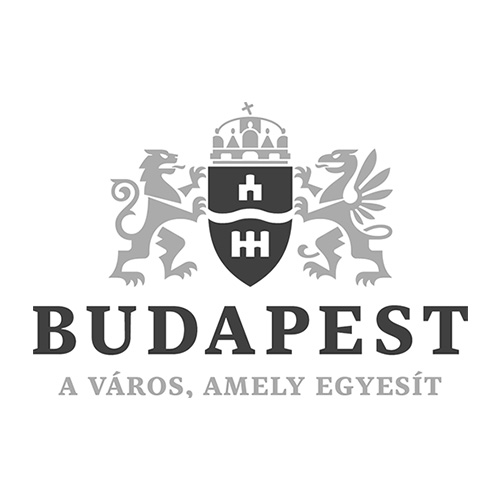
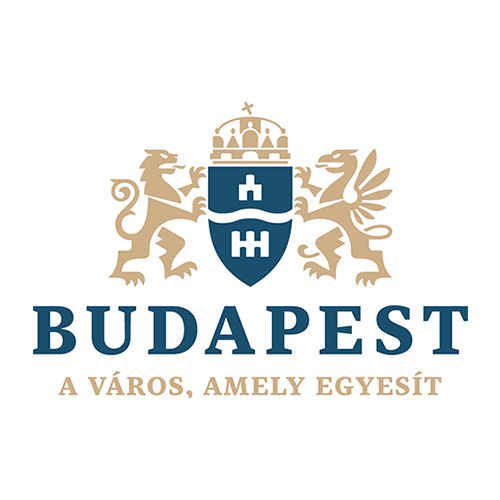
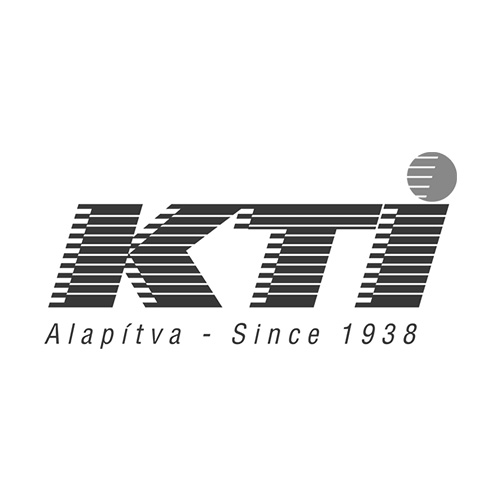
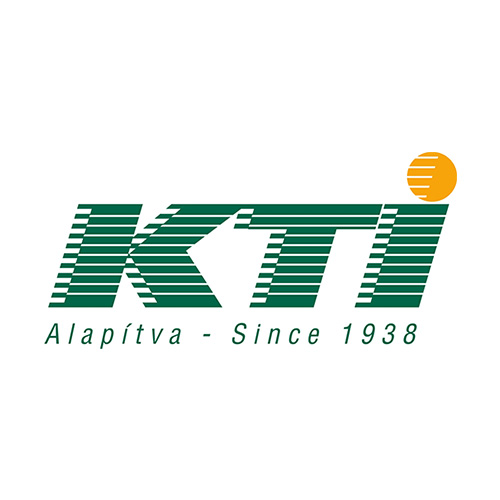
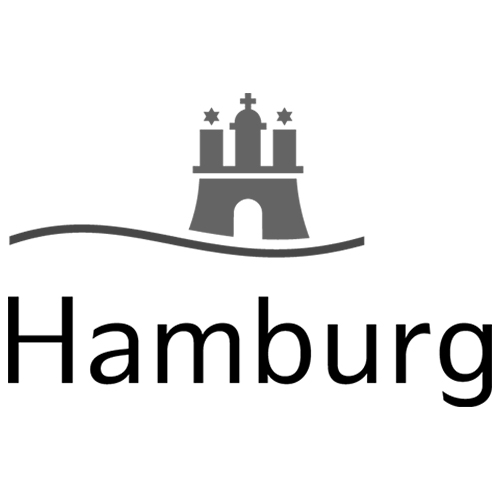
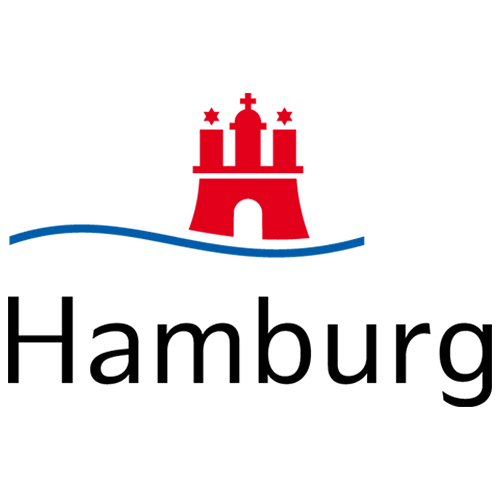
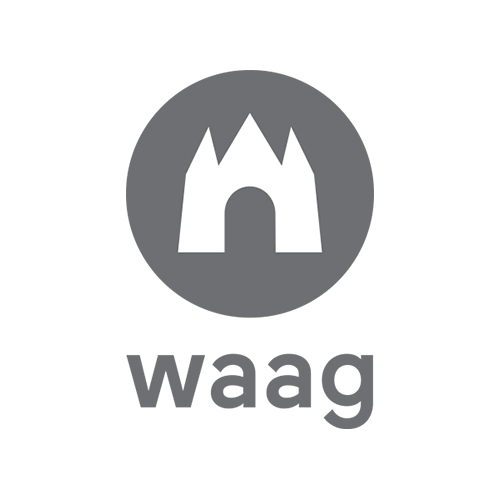

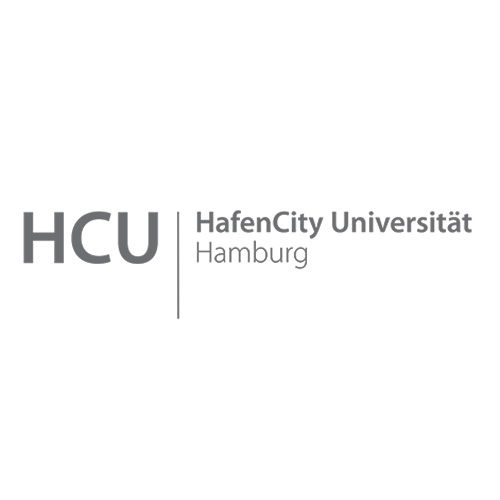
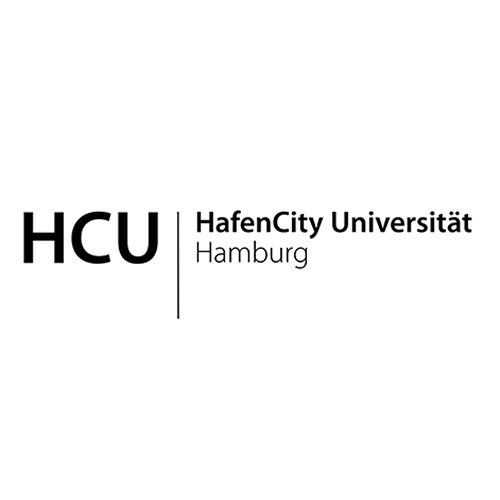
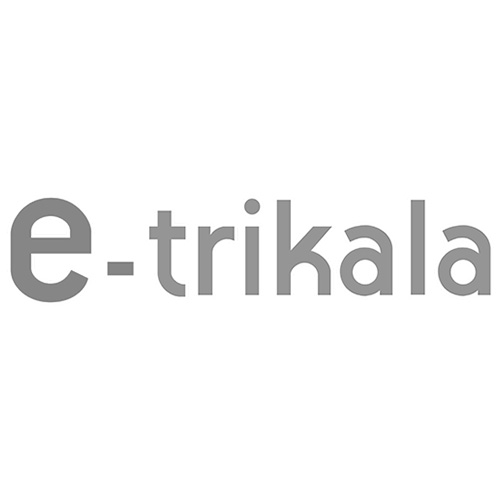
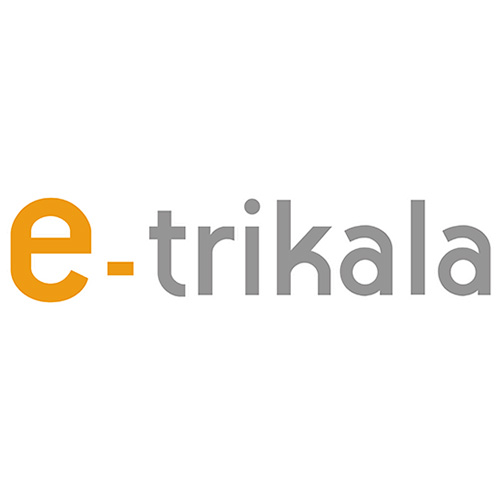
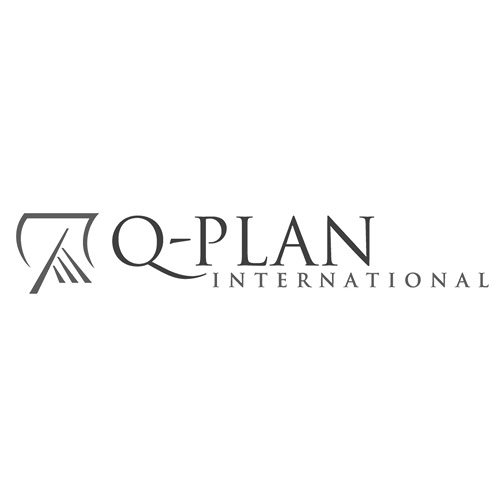
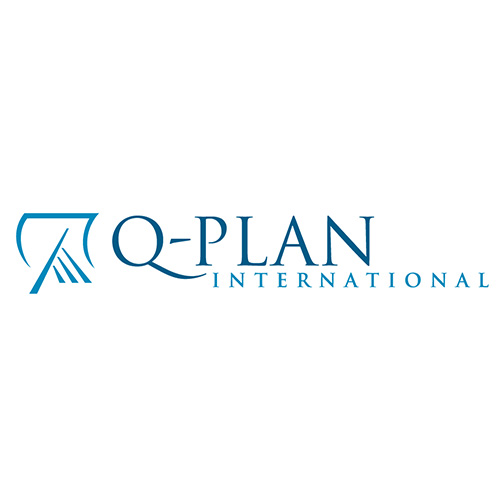
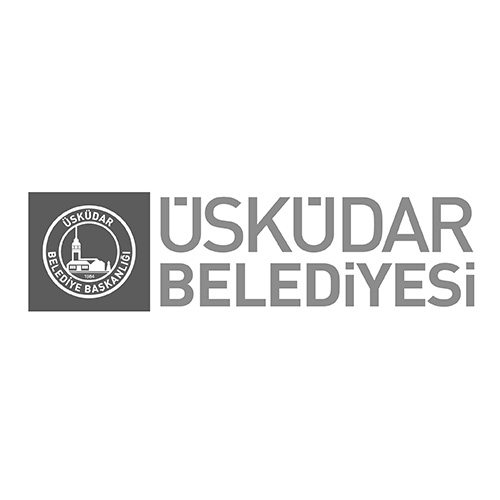


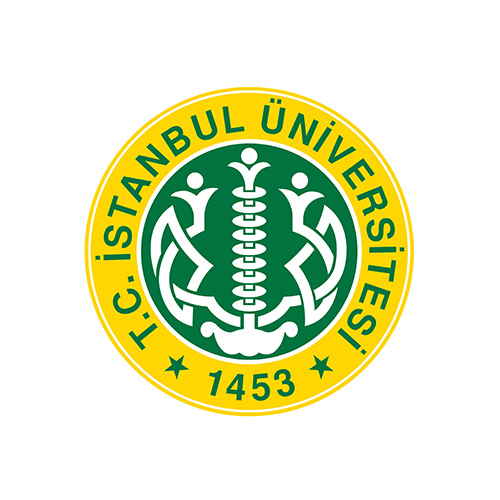
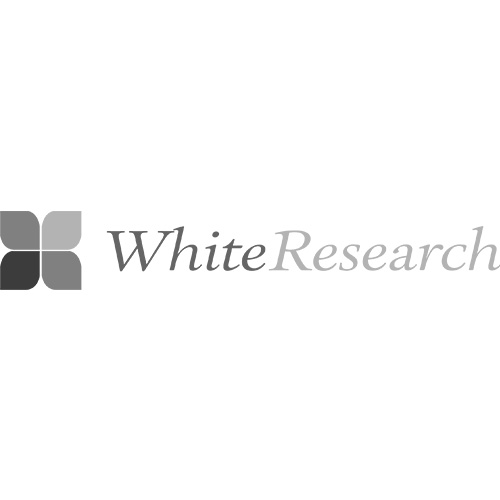
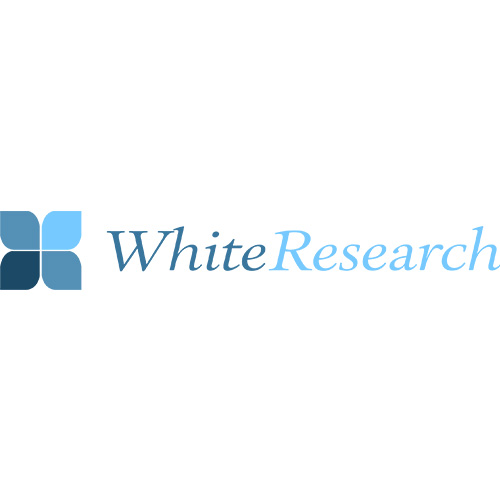
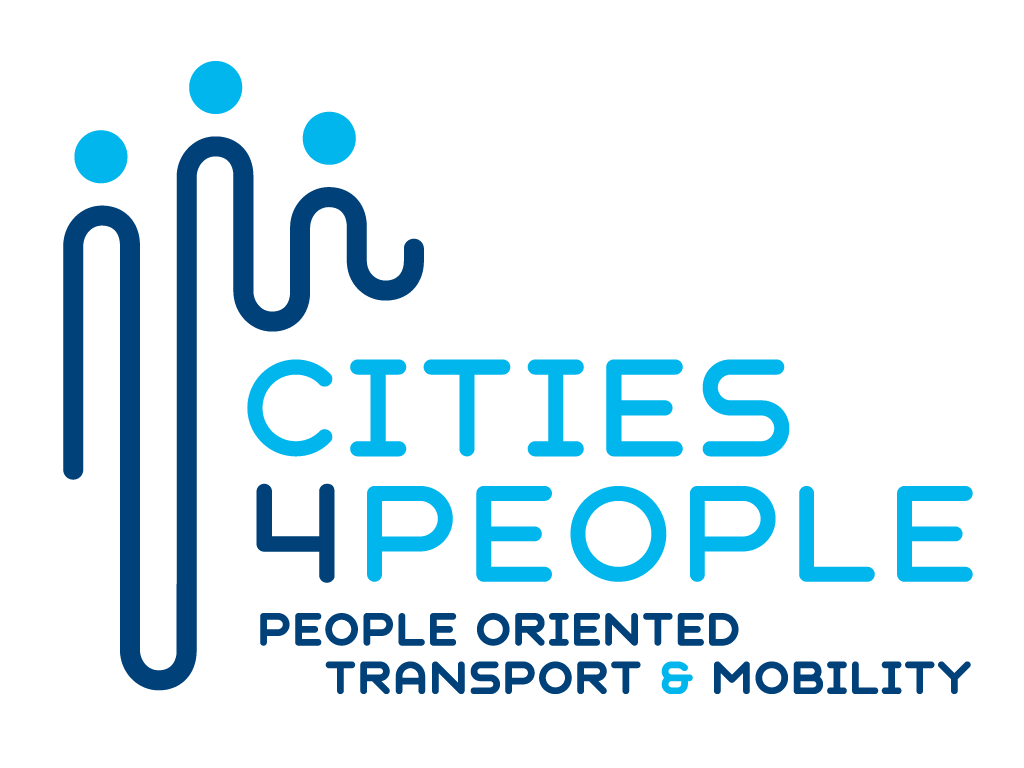
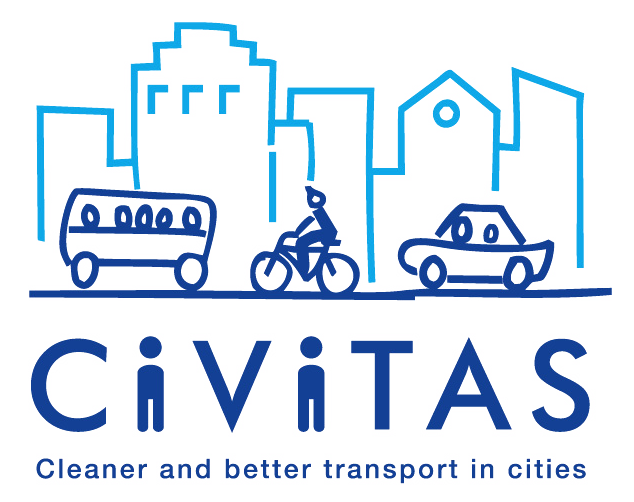


 Magyar
Magyar Ελληνικά
Ελληνικά Deutsch
Deutsch Turkish
Turkish